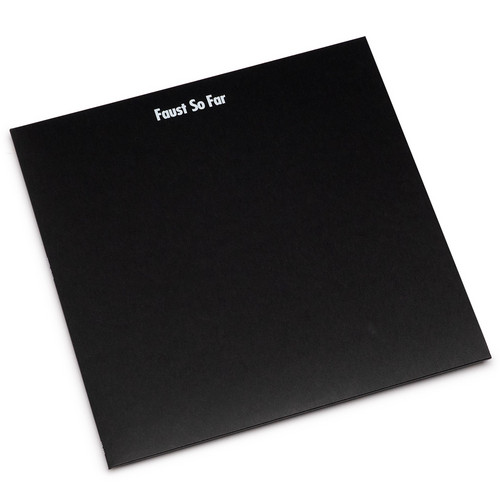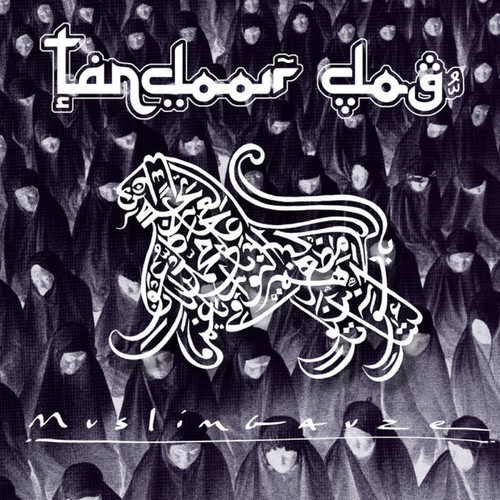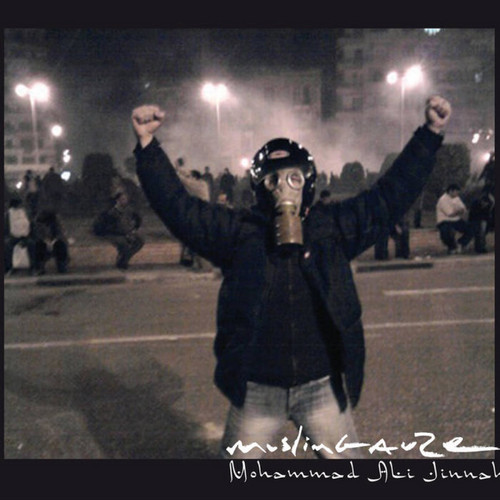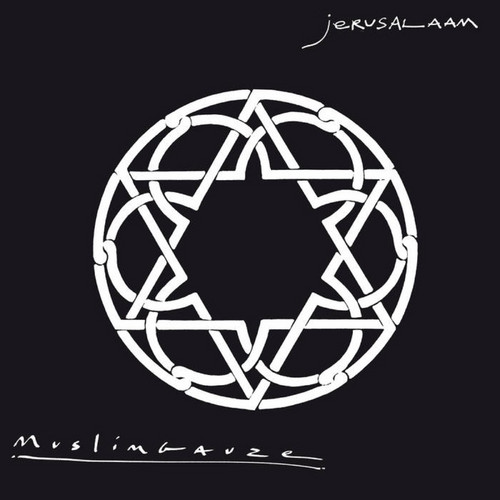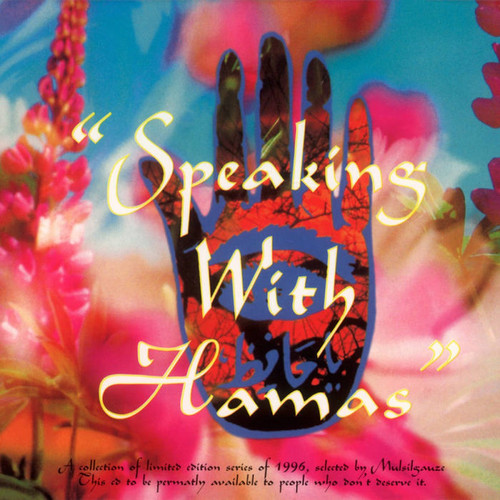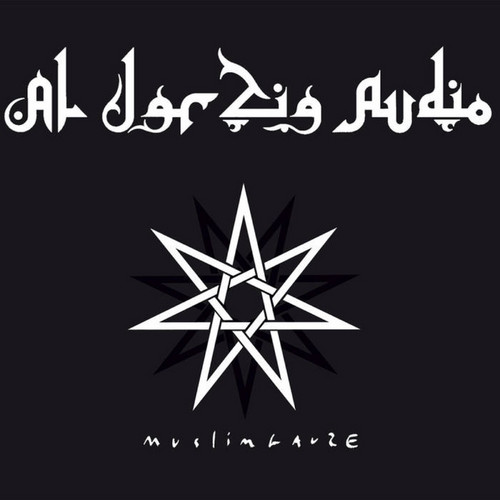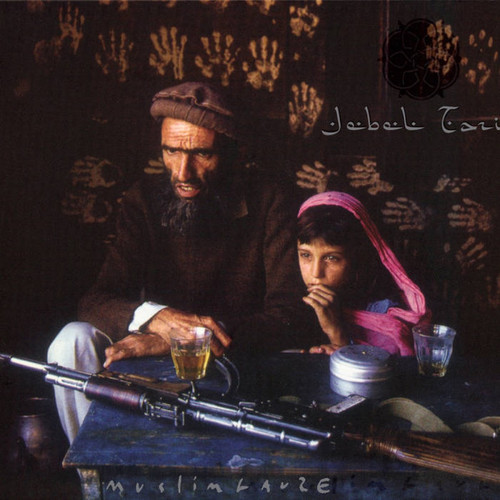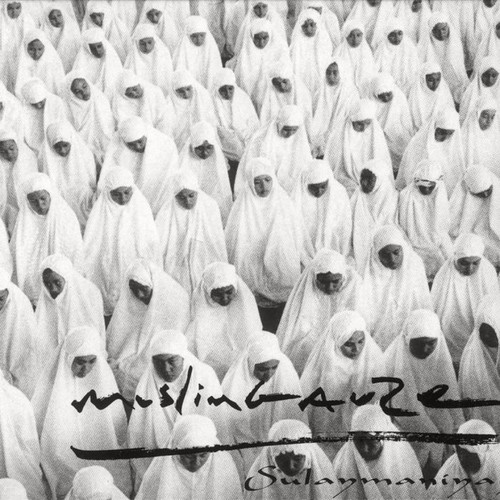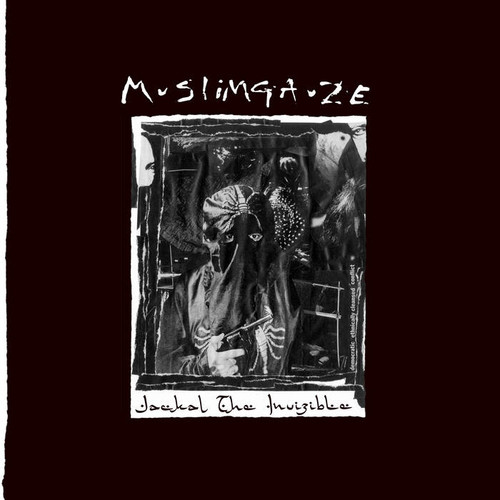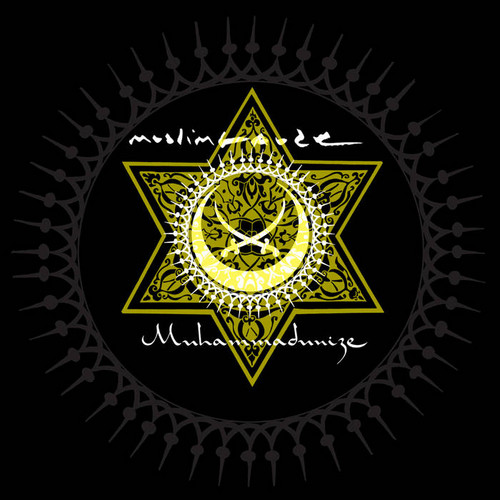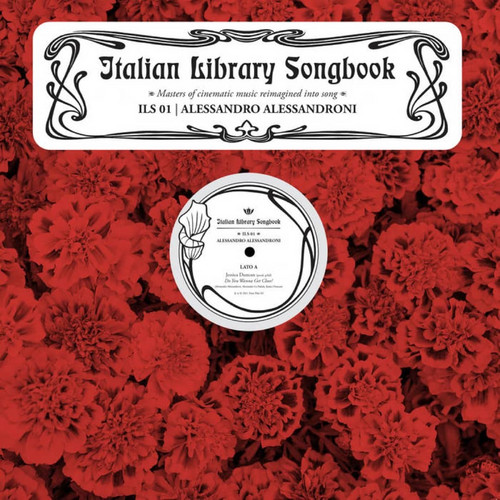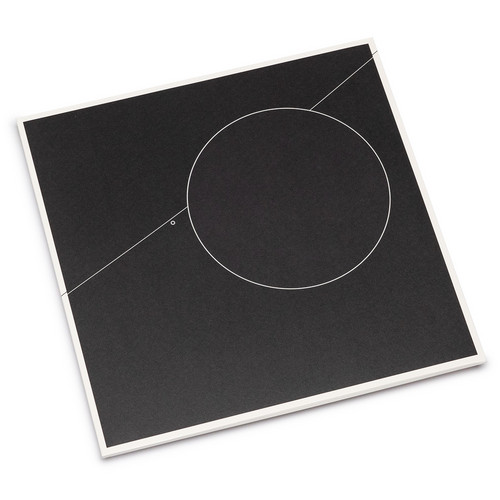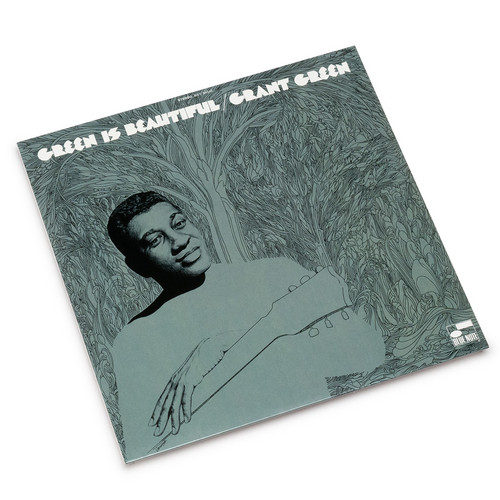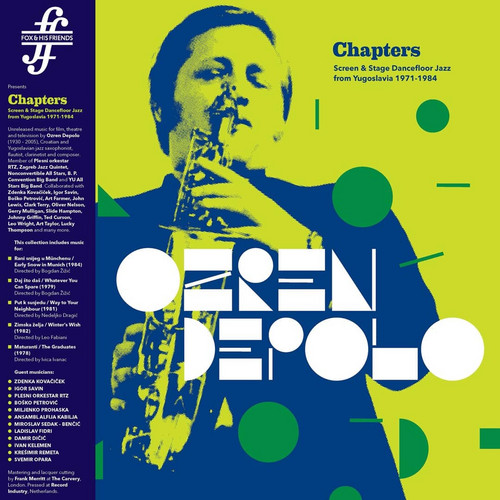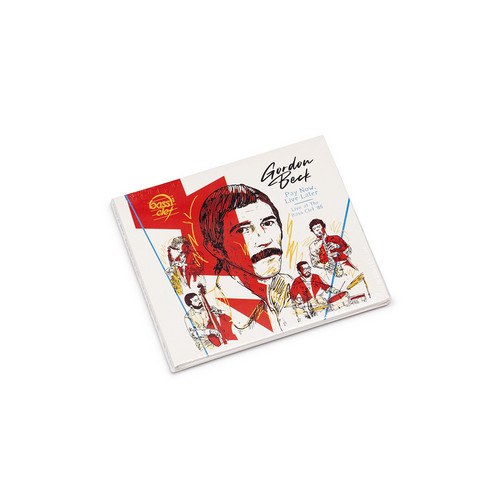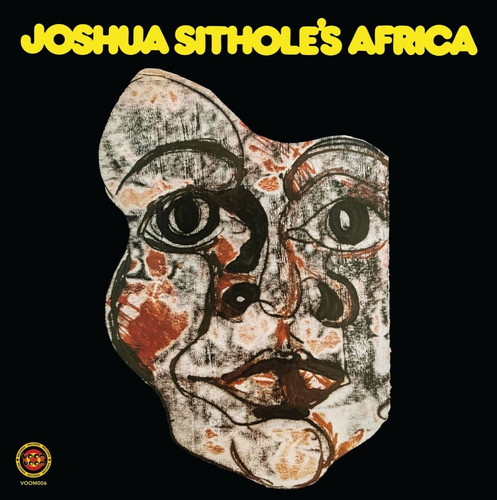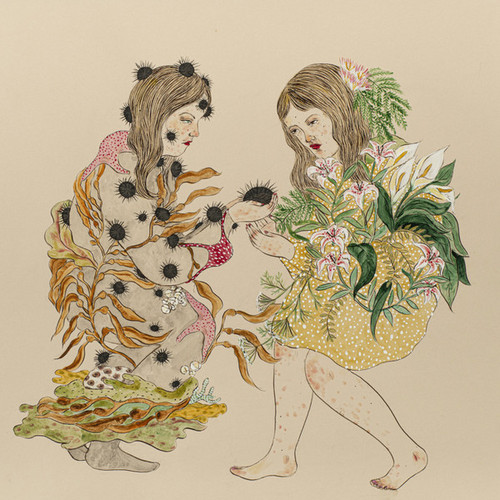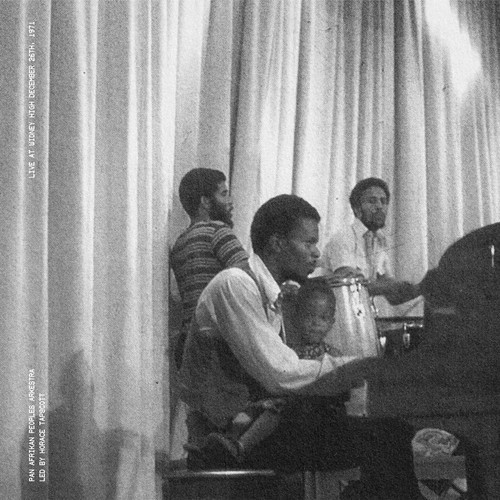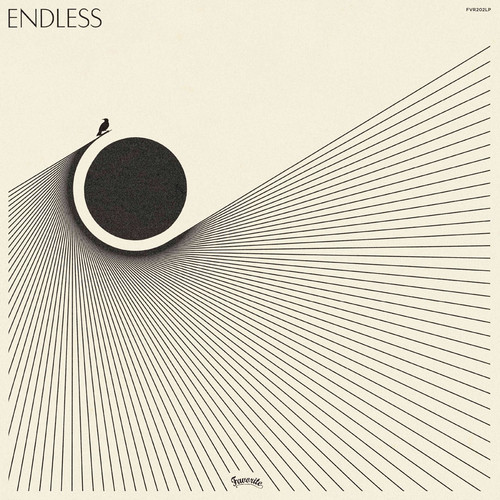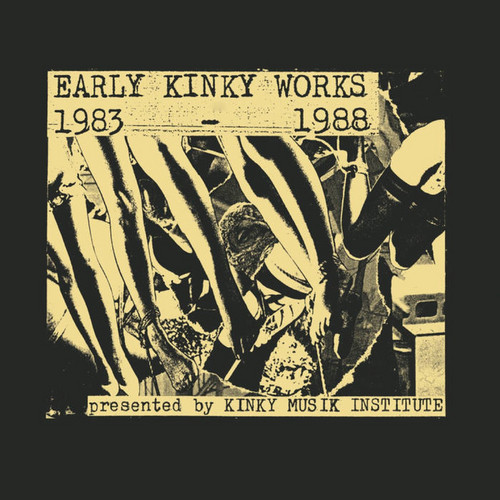Reissues
Tandoor Dog
*2025 Stock* "In 1998 Staalplaat and Muslimgauze were on a conquering spirit. Bryn Jones (1961-1999), the man behind Muslimgauze delivered new works, almost on a weekly basis and was more than happy to see them released straight away. Unlike others, …
Mohammad Ali Jinnah
*2025 Stock* "Unsurprisingly for an artist as prolific and strident as Bryn Jones was, the flood of material he sent to labels and compatriots was not always carefully categorized. Also, sometimes he would be so eager to release material that if thin…
Jerusalaam
*2025 Stock* Jerusalaam plus the two extra tracks make up unused material from the Return of Black September sessions. The contrast, even for someone with as wide a range as Muslimgauze had, is stunning. The original Jerusalaam fits in with much of B…
Speaking With Hamas
*2025 Stock* 'Speaking With Hamas' was compiled by Bryn Jones himself early 1997 and he thought it would be nice to include a new, previously unreleased track. In his words:"It's for people who don't deserve it". "A tourist asked Ali muhamad, a secon…
Al Jar Zia Audio
If ‘Satyajit Eye’ (which is released at the same time on Staalplaat) only blinks at Indian culture, the album ‘Al Jar Zia Audio’ does this with both eyes open. It is known that Bryn Jones, the man behind Muslimgauze, looked further than the Palestini…
Jebel Tariq
Jebel Tariq has strong hand drum beats throughout but still maintains a very moody feel. It was undoubtedly these very elements that lead Jeremy Keens to state it was"balanced between the ambient and beat sides" of Bryn's work. It goes beyond just th…
Sulaymaniyah
*2025 Stock* “Sulaymaniyah is part of Staalplaat’s ongoing Muslimgauze archive series, masters originally submitted in 1997, then “replaced” by what became Vampire of Tehran released early in 1998. It was not uncommon for the prolific Bryn Jones to r…
Jackal The Invizible
*2025 Stock* Listeners who know much of anything about Bryn Jones' work as Muslimgauze know that he was prolific in both his work and in the way he sent out his work to labels and other interested parties. Fittingly enough for an artist that feverish…
Muhammadunize
*2025 Stock* Recorded and mixed at Abraham Mosque, Manchester 1996, this is a re-release of Muslimlim 009, only C2 taken from stdc 001. Listeners who know much of anything about Bryn Jones’ work as Muslimgauze know that he was prolific in both his w…
Italian Library Songbook Vol. 1 | Alessandro Alessandroni
Italian Library Songbook Vol. 1 | Alessandro Alessandroni by Jessica Duncan, pAd, and Alessandro Alessandroni inaugurates Four Flies Records’ new series reimagining Italian library and soundtrack music as modern pop. Revisiting Alessandroni’s soulful…
Aste
Essential Re-issue of this stone cold classic .First released in 2006 Written and produced by Mika Vainio in Turku 1992-1993.
Mastered at Dubplates & Mastering by Rashad Becker.
Green Is Beautiful
Green Is Beautiful by Grant Green is a lively jazz-funk album recorded in 1970 at Van Gelder Studio and released on the Blue Note label. Marking a shift from his hard bop and soul jazz roots, Green embraces energetic funk grooves, supported by a stel…
Chapters (Screen & Stage Dancefloor Jazz from Yugoslavia 1971-1984)
A new release from Fox & His Friends Records, Chapters (Screen & Stage Dancefloor Jazz from Yugoslavia 1971-1984) by Ozren Depolo brings to light a trove of previously unreleased music spanning more than a decade of his work in film, theater and tele…
Pay Now, Live Later
Limited edition CD & download retrospective of the pianist Gordon Beck’s musical journey from the 1960s to 1985 from a trio and quintet of Beck, Dave Green and Spike Wells plus Ray Warleigh and Iain Ballamy. The single CD comes in a 6-panel digisleev…
Joshua Sithole's Africa
The album delivers masterful arrangements, inventive rhythms, rich harmonies, and a perfect balance of flute and saxophone interplay. Funk, Jazz, Gospel, Afro, and traditional elements all merge seamlessly into something unique and timeless.Joshua Si…
The Language Shadow
Reissue of the very limited debut LP by this Massachusetts-based musician. We first ran into Kass's Good Cry label when she put out Jordan Perry's eponymous debut, which we promptly reissued (FTR 376LP). And we are well pleased to be able to do the s…
Live at Widney High December 26th, 1971
On a Sunday in the early 70s in South LA, you could easily find yourself standing in a high school auditorium, watching Horace Tapscott conduct the Pan Afrikan Peoples Arkestra as they poured out music like a benediction. No tickets, no VIP list—just…
Endless – Universal Cosmic Sounds: A Journey Through Cosmic Soundscapes
Favorite Recordings is proud to announce the release of Endless – Universal Cosmic Sounds, a visionary compilation celebrating a decade of musical archaeology and a special milestone: the thirteenth release curated by Charles Maurice since his debut …
Early Kinky Works 1983-1988
The ultimate statement from Japanese noise legend Kimihide Kusafuka. A "fake compilation" of tracks recorded under various aliases, originally issued by his Kinky Musik Institute label in 1993. Noise, power-electronics, techno, post-punk, psychedelia…
